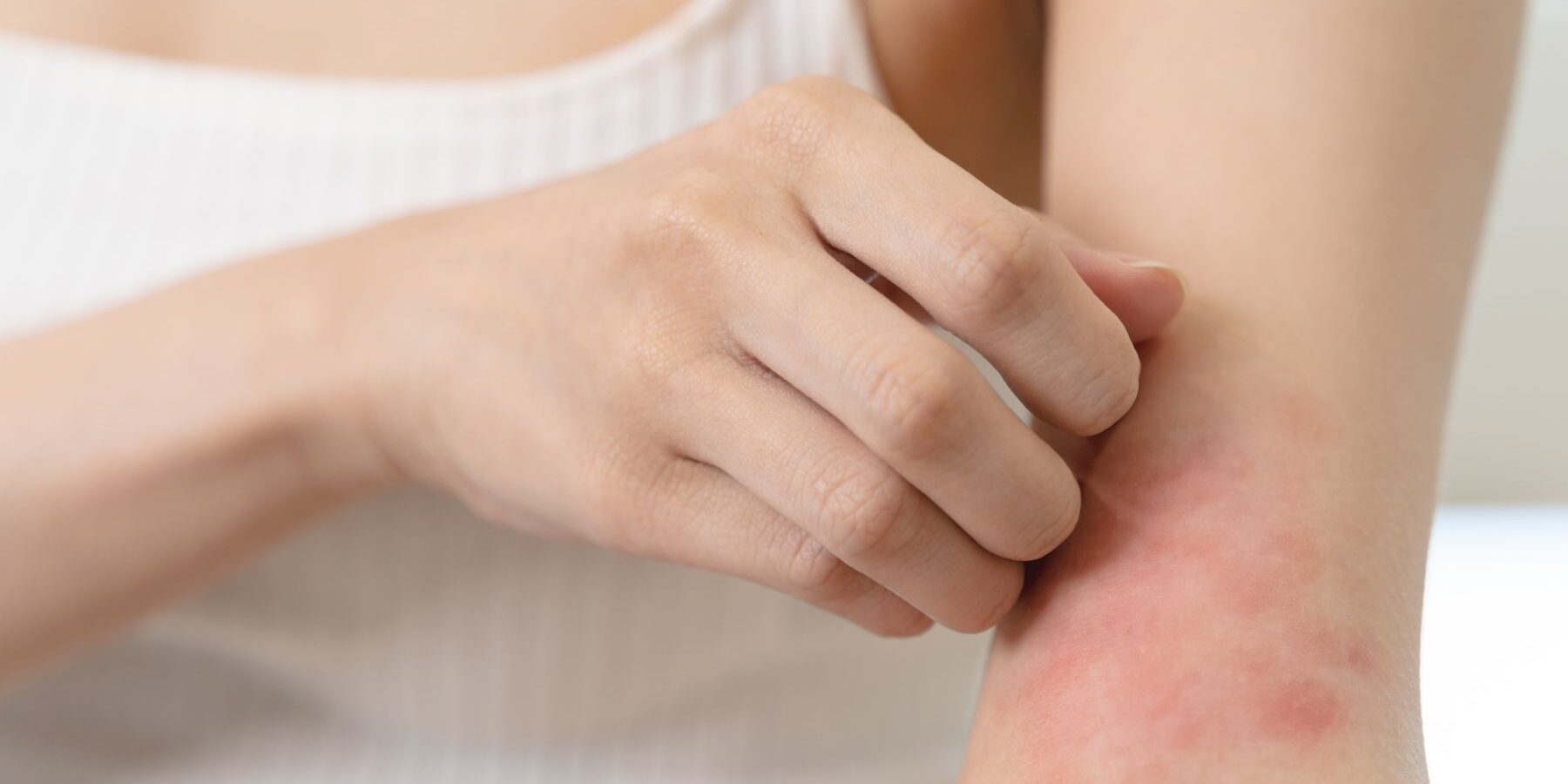It was in 1962 that we saw the first description of a biosensor – an amperometric enzyme method for glucose measurement. It represented the beginning of blood glucose testing and the end of the useless, wasteful testing of urine that had been forced on people with diabetes for years. As a result of this advance, it was with great excitement that we introduced the first finger prick glucose meters to patients in the early 1980s.
Continuous glucose monitoring (CGM) is a substantial step forward from that. It measures interstitial fluid glucose levels providing, in some systems, real-time continuous information, helping patients better understand the movement of blood glucose after meals or insulin.
We have come a long way since the first CGM was approved by the FDA in 1999. Devices are now smaller and easier to use, and data can be shared electronically with healthcare professionals. There are only two or three big players currently but it is estimated that as many as 39 new products are in development.
The holy grail remains the ability to measure glucose without inserting a needle through the skin and without requiring calibration. Many have innovative ways for the detection of blood glucose (radio waves (MTI), light diodes (CNOGA) infrared beam (DiaMonTech) photonic light (Indigo Diabetes), radar technology (University of Waterloo), some attach to the ear with a clip ( (AnnNIGM and Integrity Applications for its GlucoTrack) and some focus on the eye (contact lenses (Novartis) ,retina (EasyGlucose) and tears (Noviosense).
Implanted sensors (the best known is Roche’s Eversense) attempt to get round the problem of visibility and needle insertion but have to be removed periodically. One way to avoid doing this is to use patch/microneedle sensors, the most promising of which is the yet-to-launch Biolinq, which has a press-on patch that uses microarray technology monitoring the interstitial fluid in the dermis rather than deeper down like existing CGMs. Nemaura Medical with its SugarBeat CGM product (a patch sensor that utilises a small electrical current to draw glucose from under the skin) is already available in some countries, and may be a game changer.
In terms of established, proven solutions there are only five companies with sensors in use currently in the UK: Medtronic (Gen3), Abbott (Freestyle Libre2), Dexcom (G6), Medtrum A6, and Menarini’s Glucagen. New entrants such as Biolinq and Nemaura mentioned earlier as well as Ascensia Diabetes Care and AGA Matrix Waveform are expected soon and will need to prove their credentials but it is clear that sensors will become smaller, easier to use, cheaper and more accurate. Cost will be an important factor in taking these products mainstream.
We are moving into a world where real-time glucose monitoring will be available to all – not just people with Type 1 or Type 2 diabetes. For some, glucose data will be entertainment and fascination, but for the person with diabetes, it opens up a world of self-knowledge and regulation. To learn about the rise and fall of blood glucose levels is to know what is normal, what is optimal, how it is affected by different foods and stress and what matters.
What is the role of the diabetes doctor in all this? Adviser? Friend? Educator? First aid? Thanks to the algorithms and AI now working on this mountain of glucose data, new ways to help our patients are fast becoming available.
At The London Diabetes Centre, we see our role in helping our patients learn and define the way they want to manage their diabetes. This is a personal journey not one dictated by guidelines. CGM is crucial here and price should not be a barrier. CGM helps a person with diabetes understand the role of different foods and how they should be cooked, of the action of their medications, and as a comforting reminder that all is well.
Our Diabetes Connect service enables a patient to talk with a Specialist Diabetes Nurse about their glucose control with the glucose data at hand. We will soon offer a Peace of Mind package that keeps an eye on an individual patient’s glucose on CGM, alerting them to seek specialist help when readings go off track. Consultations with your team at The London Diabetes Centre can be done on a smartphone with your CGM on the screen at the time of the consultation – a first in diabetes care. The linking of continuous glucose monitoring data with informed and supportive help from the diabetes team is at the heart of the success we see in diabetes outcomes. In the long run, CGM will help people with diabetes become more involved and more self-sufficient; consultations will be more meaningful, resulting in outstanding glucose control, with greater confidence and involvement in a person’s individual diabetes journey.
Dr Ralph Abraham
23rd July 2021
Search treatments & services A-Z
Search for a specific treatment or service.


